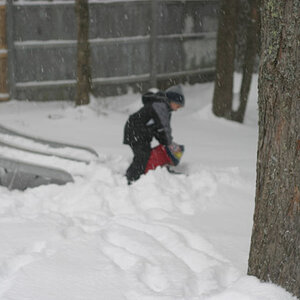bhaur
TPF Noob!
- Joined
- Dec 2, 2011
- Messages
- 14
- Reaction score
- 0
- Location
- GB
- Website
- meettomy.site
- Can others edit my Photos
- Photos OK to edit
In Nikon D3100, both P mode and A mode give control on Aperture. In both modes, shutter speed is calculated on the basis of the selected aperture. So what is the difference between both?
Thank you.
Thank you.


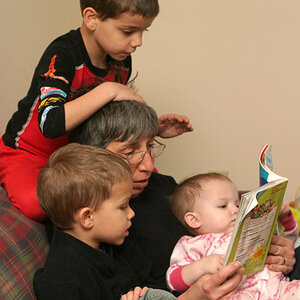

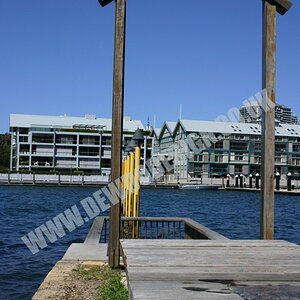
![[No title]](/data/xfmg/thumbnail/42/42057-1509913128bb1db2bc11235c05832fd4.jpg?1619739993)
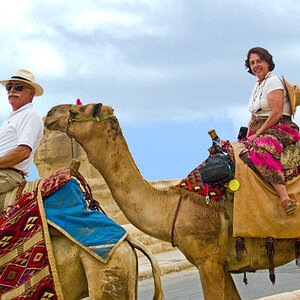
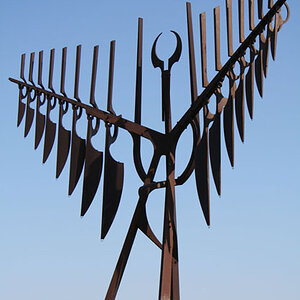
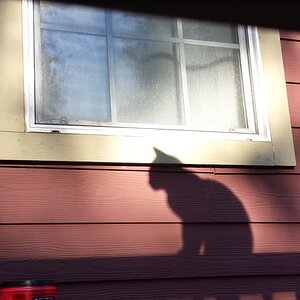
![[No title]](/data/xfmg/thumbnail/33/33343-857a08c1327857172779bfe49f06f638.jpg?1619735911)

